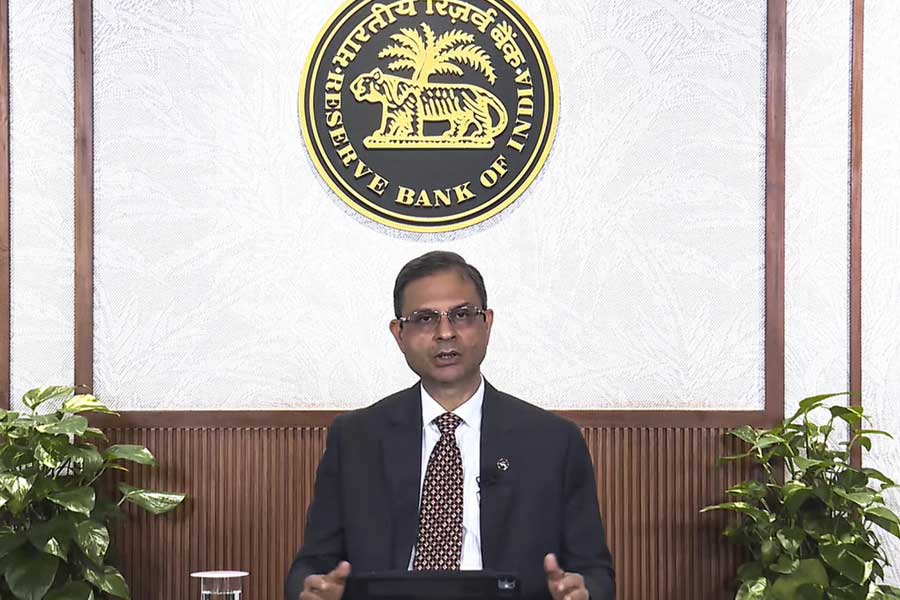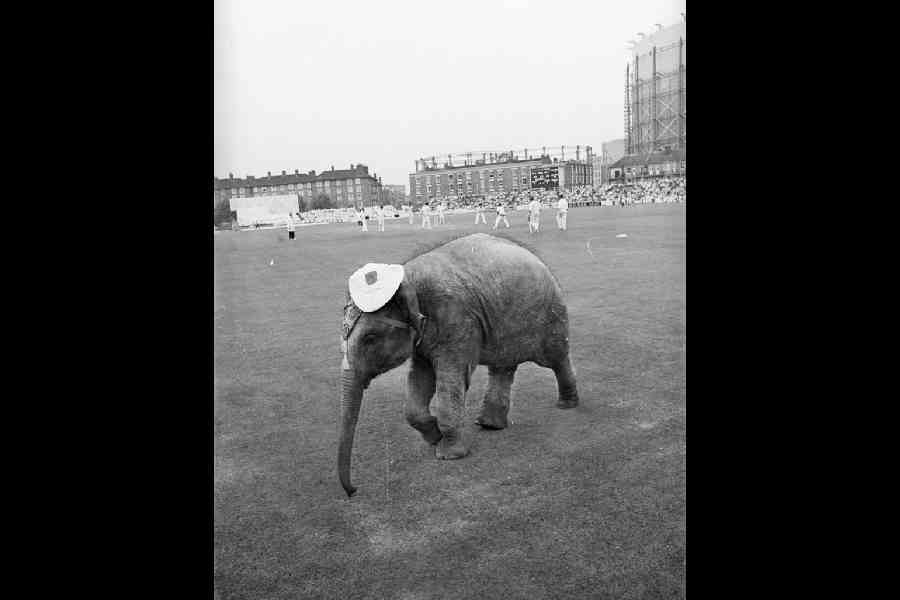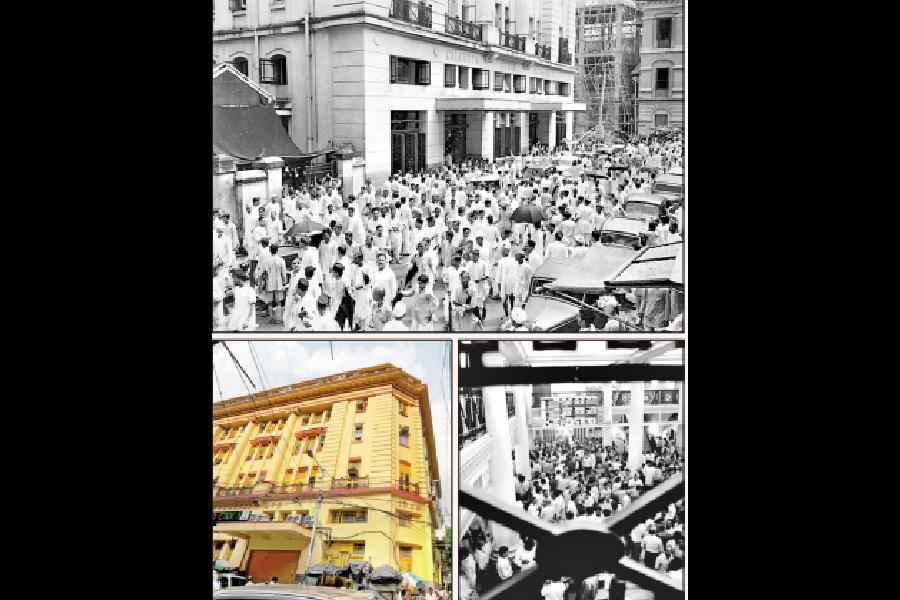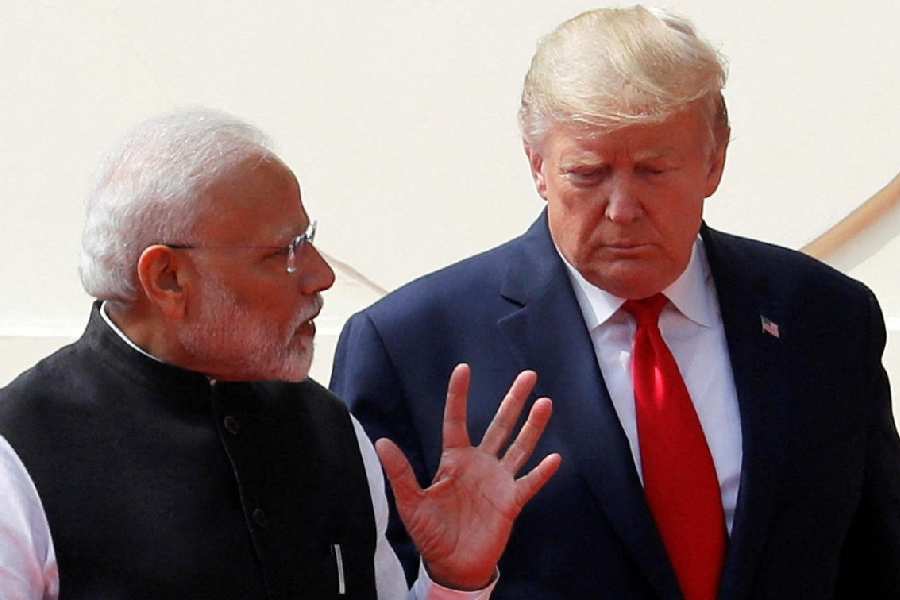 |
| Photograph by Pascal Chevallier |
The first time I meet Bipasha Basu it’s 3pm on a scalding Sunday afternoon in Jodhpur. A hot, dry and gritty breeze twists around the tarmac and the baked earth. It should be siesta time. Instead, the townspeople are gathered around this small airport, craning their necks over makeshift barriers for a glimpse inside, unmindful of the weather.
Inside, the air-conditioning is out, the computers have crashed and the tiny, unventilated rooms buzzing with irate passengers are growing increasingly oppressive. The flights are, of course, delayed. The travellers are a motley bunch — fashionistas, Page 3 regulars and Bollywood stars, bedecked in linen suits and frothy summer dresses. They are hungover after a weekend of partying and aching to sink into aircraft seats.
There, in the chaos, amid the irrepressibly stylish assembly, stands Bipasha Basu. Behind large, dark sunglasses, her hair pulled back sharply into a ponytail, dressed in jeans and a black top, she’s trying to be anonymous. It’s impossible. Her statuesque figure is a dead giveaway. So is her glowing, rich, olive tan. She’s surrounded by a gaggle of teenagers of both sexes with mobile phones whipped out to catch those famous, almond-shaped eyes, and open-mouthed locals who have trickled through the barriers to catch a glimpse of her. She stands patiently, checking in along with the rest of the passengers, minus assistants or bodyguards or any sycophantic multitude to protect her. She’s seemingly unperturbed by the attention, occasionally signing an autograph. But her shoulders are held tight and she is wary. In 2003, she was mobbed in Jodhpur’s sister city, Jaipur, where she went to promote Jism, the film that firmly established her as one of India’s most sensuous actresses. “No actress was ready to take on the role,” admits Basu, now, five years later. “The moment I heard about it, I said yes. My manager said, ‘No, don’t do it. You’re going to doom your career.’ But I stuck to it. I’ve always liked to make my own decisions —even if they’re wrong.” As it turned out, that decision was very, very right. And the scene in which Basu emerges from the azure blue waters of Pondicherry has now become as iconic in Hindi cinema as Ursula Andress’s entry in Dr No.
In the years since, Basu’s perfected the role of a seductive beauty, bewitching audiences with her charms — a dusky Indian femme fatale with incredibly lithe dance moves. She exudes a raw and wild energy in her siren-like roles, playing them as if a hidden amorousness could burst out at any moment. What’s made her even more talked about is her relationship with one of the country’s hottest male models and now movie star, John Abraham. Together, they’re one of the media’s favourite celebrity couples, a New Age Indian twosome, open and vocal about their relationship in an industry where hook-ups are understood to be clandestine affairs.
Incredibly, despite the manhandling at Jaipur, Bipasha remains a faithful star to her fans. Her official website hosts a message board for people to scribble their feelings. “It’s about honesty,” she explains, the second time I encounter her, on a Sunday afternoon a few months later. This time, she’s relaxing at home, squeezing in a quick lunch between meetings. “Thousands of people selflessly love me for my work. They write in, seeing me as a friend and confidante. And I feel so blessed to have people share that with me.” The website also maintains an online diary, a sporadic recording of events she’s attended, thoughts and opinions, her reflections on current events — musings all meant to connect her to her fans. “Interviews never truly reflect us,” she laments. “And the characters we play are so deceptive of who we really are. This is my little bit of reality. I guess it’s a nice way of telling people who I really am.” Entries include writings on global warming (“In the movies, it’s always the brave fighting heroes who are called on to save the planet. But in reality, the battle for the planet will be won by ordinary people who quietly conserve fossil fuels and electricity”); and rumour clarifications (“John has never had just a fleeting interest in anything.... So ladies, despite what I may read in the papers in the morning, I know he’s coming back to me at night”).
Despite her extraordinary good looks and undeniable sex appeal, in person, Basu comes across as an un-starry star. There are no diva-style tantrums and no soft-edged platitudes when questioned about her relationships with other Bollywood actresses. The competitive film industry offers little in terms of friendship and Basu is clear about what she’s gotten herself into. “It’s difficult to find friends at this age, when you’ve matured. This business requires an intense amount of concentration and time. I’m here to work,” she says, firmly and simply.
Now 29, she’s notched up over 30 films in six years. Her roles have been varied, from a tempestuous Bianca or Billo in Vishal Bhardwaj’s adaptation of Othello, Omkara, to a lovable ditz in Dhoom:2, an intelligent and sophisticated executive in Corporate, and now a Bengali wife in Rituparno Ghosh’s upcoming Shob Choritro Kalponik. The last is a massive departure from her usual roles. The movie, in which she plays a young NRI girl grappling with an arranged marriage to a Bengali poet, is a study of Basu’s character as she gains an understanding of the length, breadth and voluminous beauty of Bengal’s literary heritage.
With her incredibly toned body, high cheekbones and huge, piscine eyes, Bipasha is — glamourous make-up or not — a designer’s dream. She’s always impeccably turned out, in jeans and racer-back tees or in the graceful folds of her current favourite designers — Delhi duo Gauri & Nainika. “I think they do justice to the womanly form,” she says. Her favourites vary from Gaurav Gupta’s experimental silhouettes and Rocky S’s daring cuts to the elegant and timeless appeal of Shahab Durazi’s work. “Although I’m funkier,” she adds.
Basu’s an oddity because of her ability to take risks. She recently chopped off her long hair to sport a Rihanna-style bob — incredibly stylish and sexy — but a bold step to take in an industry that is remarkably staid when it comes to the debate between short and long hair. “I like to excite myself; I get bored so easily,” she offers as explanation. “It feels right. Whoever’s seen it loves it, although I don’t expect guys to like it.” (Fortunately, John adores it.)
Bipasha’s foray into the modelling circuit took off when she won the Ford Supermodel of the World contest. Training and assignments in the USA and Europe followed and she even shot for American Vogue in 1997 with photographer Steven Meisel in New York. “It was quite different, of course,” she laughs. “There was no interview, no follow-ups. There were two or three of us, and I remember I was chosen because I looked exotic.” She was 17, and had no clue that Meisel was one of the most iconic fashion photographers in the world.
Fast forward 10 years to October 2007 and Bipasha’s face is splashed on billboards across metros in India as one of the cover models on Vogue India’s launch issue. “Now, that was exciting,” she says, adding how she was flooded with messages congratulating her, saying how fantastic she looked in a sequinned-embroidered tulle Valentino dress.
She was a perfect pick for the first cover — a representative of the intersecting worlds of fashion and film, both industries that have boomed in India over the last decade. “She has a sultry, sensual appeal that’s very Indian, but is a strong clothes horse owing to her modelling years,” says Vogue India editor Priya Tanna. “It’s no surprise that Paul McCartney referred to Bipasha as India’s Sophia Loren.” Basu is still an active part of the fashion fraternity. “I’m respected as an actor today but I’ve never stopped being a model,” says Bipasha. “I can’t forget that’s where my hard work began. And being on the launch cover of Vogue India — that’s a story for the grandkids.”











